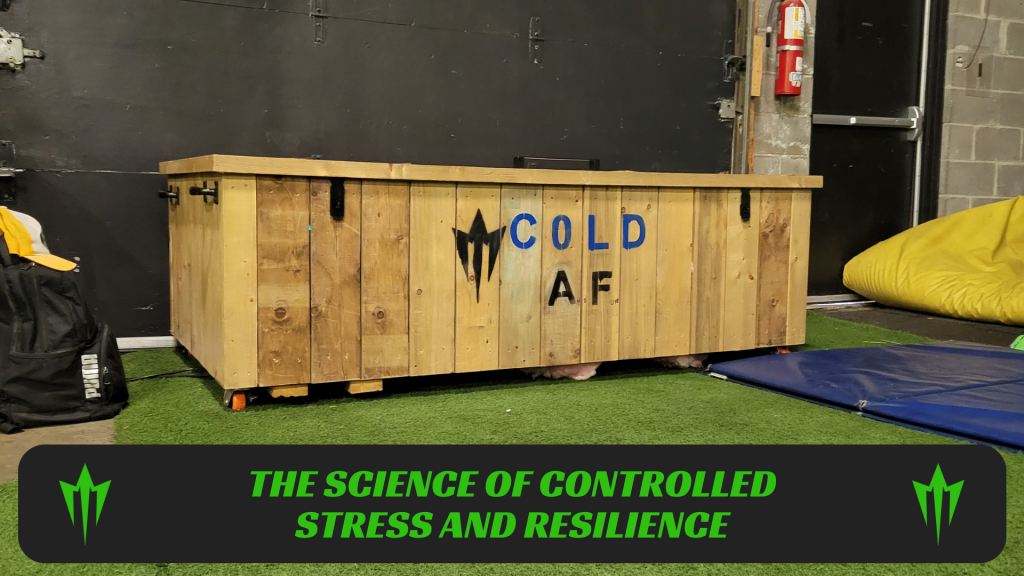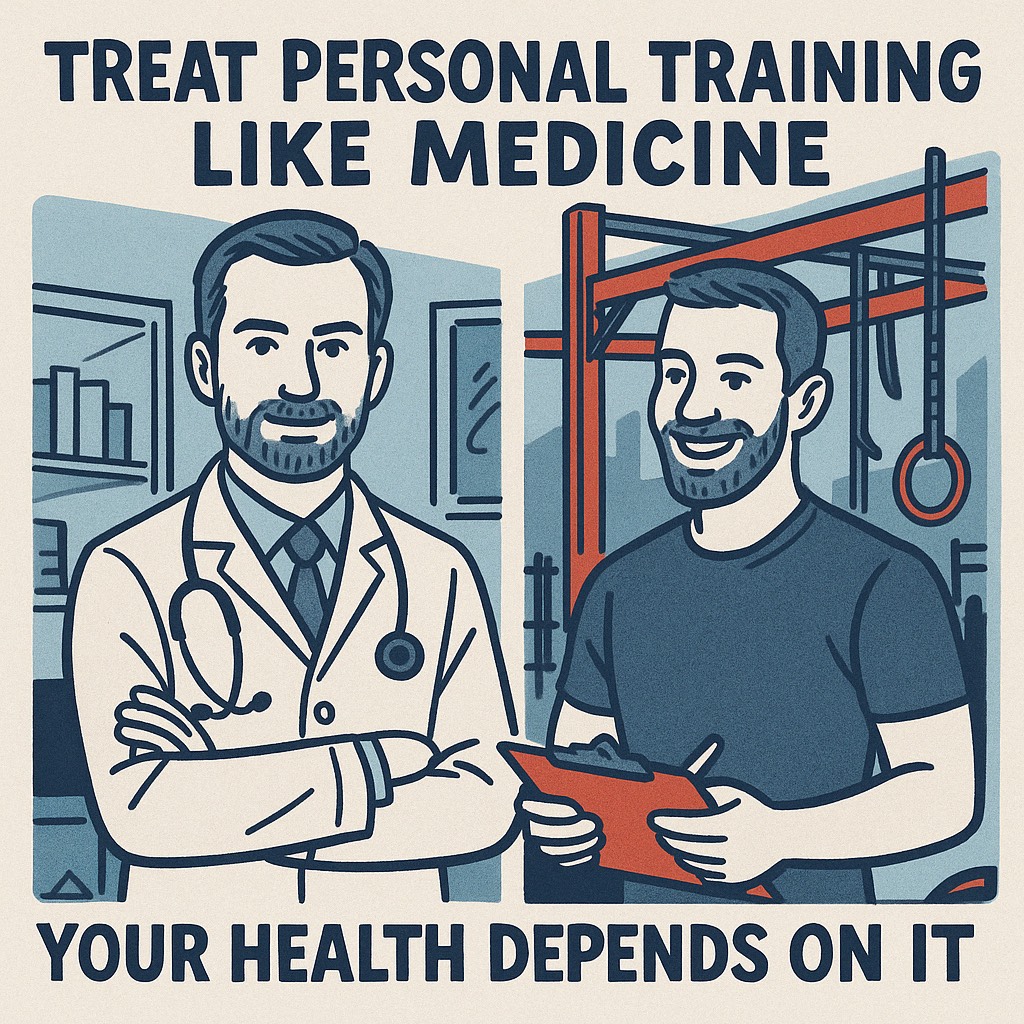When you expose your body to cold water, it triggers a stress response. This response involves the release of adrenaline and norepinephrine, which not only helps you stay alert but also enhances your ability to manage stress. Over time, regularly subjecting yourself to this type of controlled stress can build mental and physical resilience.
The concept is simple: by training your body to handle stress in a controlled environment, you’re better prepared for when uncontrollable stressors arise. This practice is particularly relevant in our fast-paced world, where stress is often a constant companion.
Wim Hof, often referred to as “The Iceman,” has popularized this idea through his cold exposure training. His method combines cold immersion, breathing exercises, and mental focus to help individuals not only withstand cold temperatures but also build a robust stress-response system.
Four Tips for Cold Plunge Beginners:
1. Start Slow and Gradual: If you’re new to cold exposure, don’t dive headfirst into freezing water. Start by gradually reducing the temperature of your showers. Begin with a few seconds of cold water at the end of your warm shower, slowly increasing the duration as you get more comfortable. This gradual exposure allows your body to adapt to the cold, minimizing the shock to your system.
2. Practice Wim Hof Breathing: The Wim Hof Method includes a specific breathing technique designed to oxygenate your body and prepare you for cold exposure. Before your cold plunge, spend 10-15 minutes practicing deep, controlled breathing. This will not only calm your mind but also prime your body to better handle the stress of the cold.
3. Focus on Your Mindset: The cold plunge is as much a mental challenge as it is a physical one. Before entering the cold, take a moment to center yourself. Focus on your breath and remind yourself of your purpose. The mental preparation helps you maintain composure and reduces the likelihood of panic when you first hit the cold water.
4. Practice your breathing when you are warm: After a hard sprint, use this as an opportunity to start practicing your breath work. After a hard sprint you will be huffing and puffing, and your stress responses are activated just like it will happen in the cold. Really focus on your diaphragm breathing and box breathing, not through your chest but with your belly. By pushing out your belly button take a deep 4 second breath in, then a 4 second breath out, push your belly button out, then hold for 4 seconds. Do this until your heart rate is calm, this will prepare you for the cold exposure shock you will experience.
Building Resilience Through Cold Exposure
Cold plunging is more than just a trend; it’s a powerful tool for enhancing both physical and mental resilience. By regularly exposing yourself to controlled stress, you train your body to handle real-life stressors more effectively. The next time you face an unexpected challenge, your body will be better equipped to respond calmly and efficiently.
For those looking to get started, following Wim Hof’s techniques can provide a structured approach to building this resilience. Whether you’re looking to boost your immune system, improve your mental health, or simply challenge yourself, cold plunging offers a unique opportunity to grow stronger, both inside and out.
We have a cold plunge at the gym, your first session is on us. Let us know when you are interested and we can help guide you through the process. Cost will be $3 a min after your first free session.




Pingback: Finding Your Zen: Effective Solutions for Managing Stress – LIVE LUXE, LIVE WELL